“Into Space” is a monument to celebrate the unrecognized manpower that contributed to spaceflight. It is an effort to unite communities across state lines, ethnicities, and classes –particularly uniting the peoples of southern New Mexico to those of Huntsville, Alabama.
Its form takes inspiration from the exhaust plume left behind after the Saturn V rocket left the ground, which launched the Apollo 11 space shuttle in its voyage to the moon. Into Space also takes inspiration from the landscape of southern New Mexico, referencing the rocky canyons, the white gypsum sand of White Sands National park, and the organic shape of sand blown upward in an explosive fashion.
The intention of the monument is to bring the landscape of New Mexico to Huntsville, in which viewers can be enveloped. It should serve as a form of manufactured environmental art. The sculpture measures 38 feet tall and 28 feet wide at its widest point, with an internal room of 6 feet in diameter at its base; it will serve to enclose the viewer in the desert. From within this twisting mass of sand and rock, the viewer has nowhere to look except up toward the sky – towards space.

Much of the work that laid the foundation for NASA in 1958 occurred in southern New Mexico,
relying on the labor of the people there. Southern New Mexico has a very large Spanish-speaking population, and the culture of the area is heavily inspired by the people’s Hispanic heritage. When NASA moved out of New Mexico to bases in Florida and Huntsville, the people of New Mexico were either forced to migrate across the country with their jobs, or be out of work entirely.
This story is particularly important to me because it is how my grandfather ended up in Huntsville, and with his moving, he became isolated from his family and culture. He, along with so many others, faced discrimination in the workplace to the point where he abandoned the Spanish language almost entirely. He refused to teach his children, and then later his grandchildren, any Spanish because he felt that it would only hold you back in the workplace; English was the language that the world operated in, and to be successful, you had to accept that fact. In the early 1970’s, NASA decided they were going to move in a new direction with their German leadership, and coincidentally let all of the Hispanic people from New Mexico go, prompting discrimination lawsuits and a retraction of this decision on NASA’s part.
NASA was not built exclusively on the backs of the people of southern New Mexico, but they were an important part of its history that are overlooked by the people of Huntsville. “Into Space” serves as a reminder of the work that these people did on the ground in the name of spaceflight.



